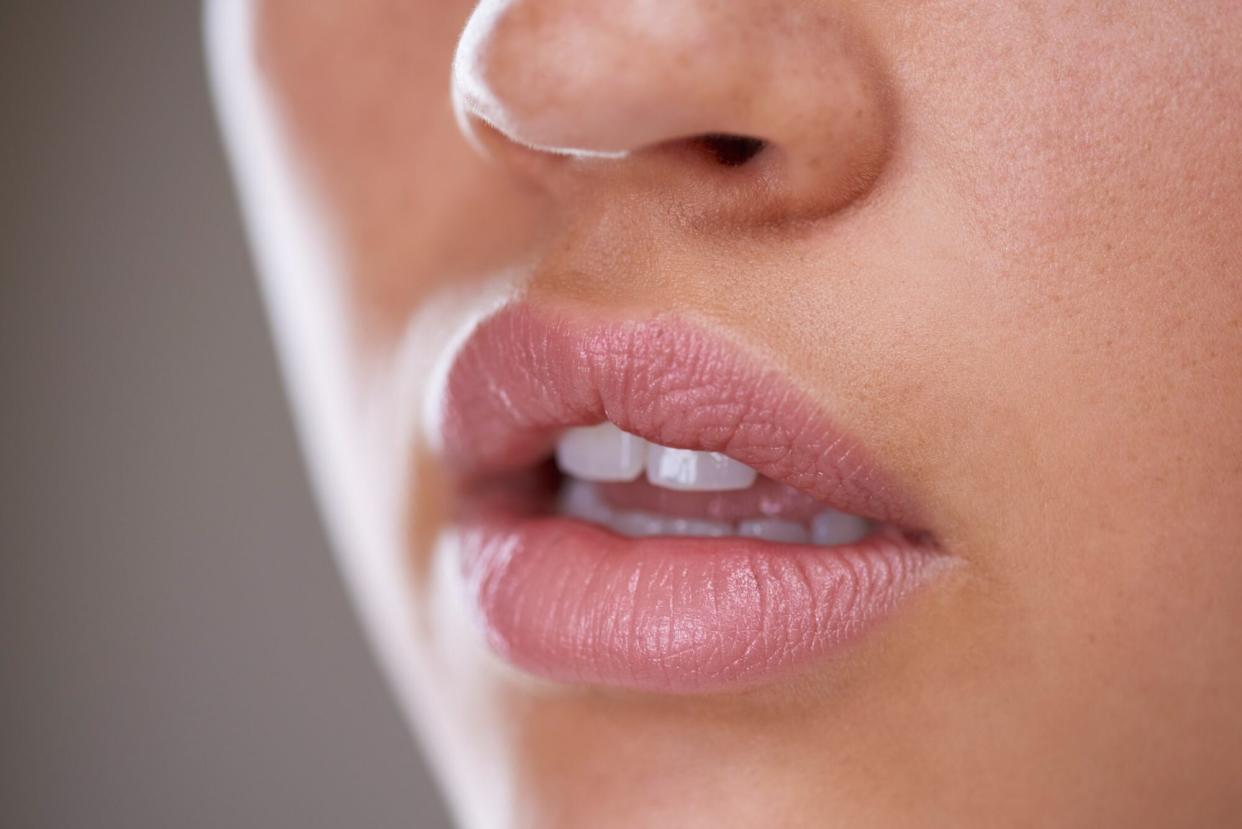How to Conceal Broken Facial Capillaries with Makeup

Jonathan Storey/Getty
Broken capillaries are those thin, red, ribbon-like lines that tend to show up on the lower part of your face around the chin, nose, and cheeks. They may not be dangerous health-wise, but if want to cover them up so that your complexion looks truly even, you know that enlarged capillaries can be stubborn.
While it's not clearly known what causes broken capillaries, board-certified dermatologist S. Manjula Jegasothy, MD, CEO and Founder of Miami Skin Institute says that based on dermatology research, it's likely that some inflammatory genetic factors come into play. "What is definitely known, however, is that broken capillaries are often the result of long-term hypersensitivity (vasoconstriction and dilation) of the facial blood vessels in patients who have had rosacea for a long period of time. Broken capillaries are known to be a sequela (long-term results) of chronic rosacea."
The good news is that with the right products and pro makeup artist tips, you can conceal the broken capillaries on your face with makeup. " If they're bold, they can be hard to cover because they seep through your foundation," says celebrity makeup artist Jamie Greenberg.
Before reaching for your makeup bag, the pro recommends starting off with a cooling face mask or ice pack to help calm your skin down. "This can constrict the blood vessels and make the capillaries look smaller," she says.
She recommends doing your makeup as usual, and concealing the broken capillary last before sealing your look with a setting spray. When it comes time to work on the capillary, Greenberg says to use a pinpointed eyeliner brush to dot on your concealer. The pro suggests using a dryer concealer like Ben Nye's Concealer ($15; makeupmania.com) because it's a bit more tacky and will stay put.
VIDEO: The Real Cost of Microblading and Other Beauty Procedures
Although mastering concealer application is the key to diminishing broken facial capillaries, Greenberg says that color corrector can also help get the job done. If your capillaries are red, use a green shade, and for blue-toned ones, reach for orange.

